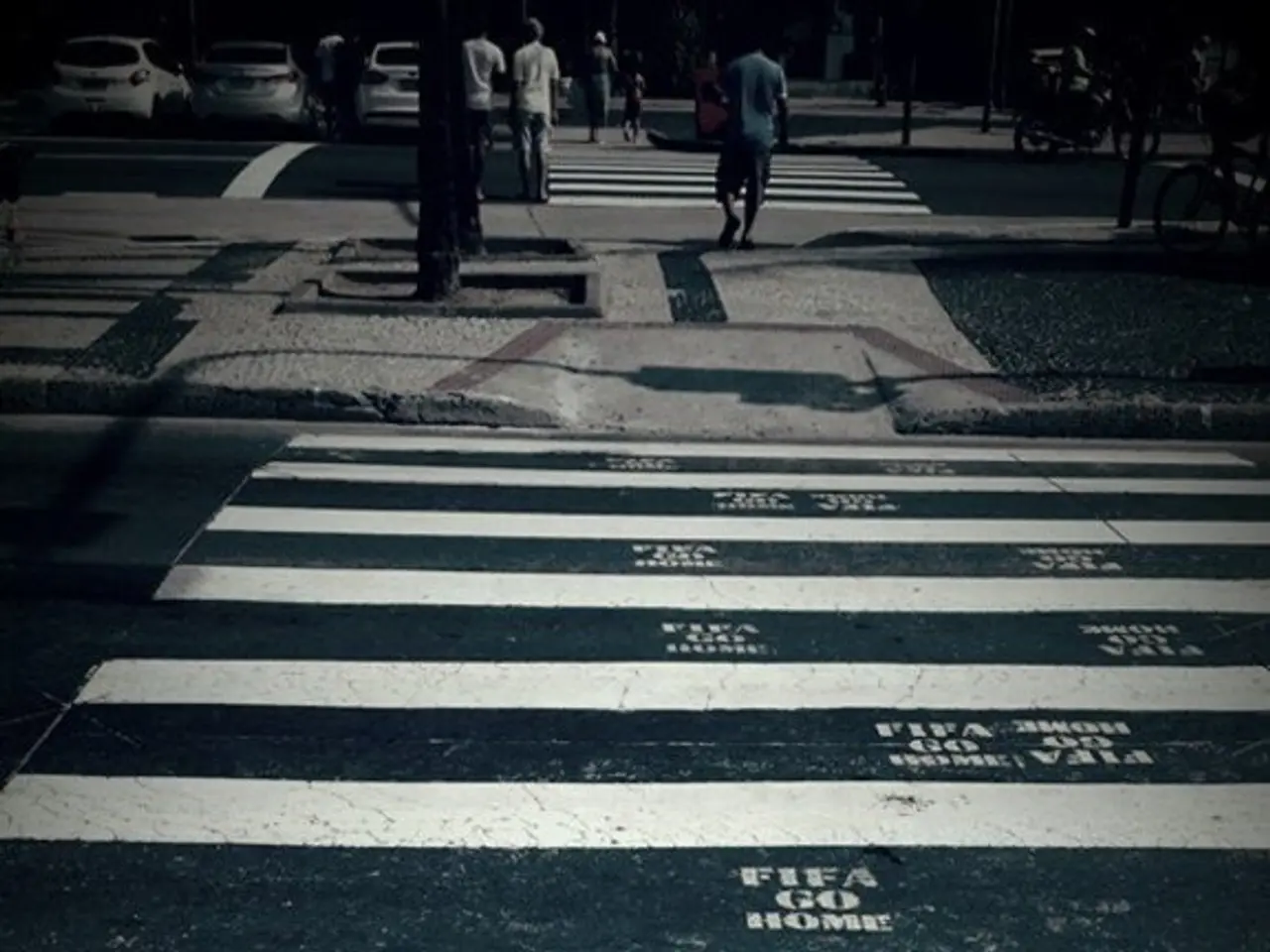Exploration of the Intent behind the Interborough Express Project
New York City is set to welcome a new passenger rail line, the Interborough Express (IBX), a long-awaited project that comes at a time when the city's population is growing and more people rely on transit than automobiles. Gov. Kathy Hochul and the Metropolitan Transportation Authority (MTA) are moving forward with this 14-mile line, which will run through Brooklyn and Queens, utilizing a corridor currently used for infrequent freight trains.
The IBX is not the subway, but it is being touted as the next best thing for New York City's transit infrastructure. With an estimated cost of $5.5 billion, the new line is expected to open up opportunities for real estate development in the neighborhoods through which it passes, such as Maspeth and Middle Village in Queens and Midwood and Canarsie in Brooklyn. However, it also raises concerns about rising property values and potential gentrification.
To address these concerns, the city and MTA are integrating housing affordability measures directly with the transit-oriented development prompted by the IBX. The key strategies include rezoning neighborhoods along the IBX corridor to enable the creation of around 70,000 or more new housing units, with a strong emphasis on making most of these new homes affordable and prioritizing local residents for access to these units.
Mandating affordable housing ensures that the majority of new residential units developed alongside the IBX are affordable to the broad population of New Yorkers, mitigating displacement and gentrification risks. Furthermore, residents in the communities where the line will run should be given preference for new housing, to maintain the community’s social fabric and prevent displacement.
Engagement with community stakeholders and balancing growth with preservation efforts are also crucial to avoid eroding neighborhood identity and character. The city and MTA aim to use infrastructure investment as a lever to create equitable growth and affordable housing opportunities, reflecting a broader strategy for the IBX project.
NIMBYism is not a valid argument to stop the IBX project. The character of neighborhoods along the IBX route is built on the people living in the community, not the housing stock itself. The IBX will change the character of these neighborhoods by improving their transit access, allowing people to travel between regions without having to connect to multiple different train lines and travel into Manhattan to do so.
Moreover, the IBX will connect 18 different subway lines, providing an easier and quicker one-seat travel option for people in southern Brooklyn and northwest Queens. The new line is expected to revitalize many underserved neighborhoods, but the city is taking the issue of potential gentrification seriously.
The IBX project has the potential to alleviate New York City's current housing affordability crisis, offering an opportunity to create equitable growth and affordable housing opportunities for the city's residents.
- The Interborough Express (IBX) is estimated to open up opportunities for real estate development in neighborhoods like Maspeth and Middle Village in Queens and Midwood and Canarsie in Brooklyn, contributing to the real estate industry.
- The city and Metropolitan Transportation Authority (MTA) are integrating housing affordability measures with the transit-oriented development prompted by the IBX, aiming to create around 70,000 affordable housing units and prioritize local residents for access.
- Mandating affordable housing ensures that the majority of new residential units developed alongside the IBX are affordable to the broad population of New Yorkers, helping to mitigate displacement and gentrification risks in the home-and-garden sector.
- The IBX project has the potential to alleviate New York City's current housing affordability crisis, offering an opportunity to create equitable growth and affordable housing opportunities for the city's residents, also impacting the finance and lifestyle sectors.




